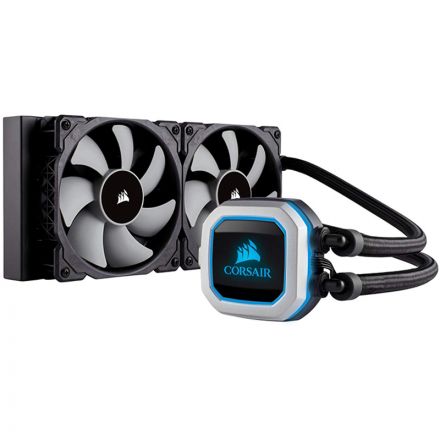This website uses cookies to ensure you get the best experience on our website. Read more


Categories: Graphics
Posted: January 15, 2024
In the dynamic realm of video editing, achieving seamless and high-quality results is paramount. Among the plethora of hardware components that contribute to this process, graphics cards stand out as unsung heroes. While often associated with gaming, these powerful devices play a pivotal role in elevating the video editing experience to new heights. In this blog post, we delve into the significance of graphics cards in video editing and how they impact the overall editing workflow.
Rendering Performance: The Heart of Video Editing
Video editing involves intricate processes, and one of the most crucial aspects is rendering. Rendering is the process of converting raw footage into a final, polished video. This requires significant computational power, and a robust graphics card can dramatically accelerate this process. A high-end GPU (Graphics Processing Unit) can handle complex rendering tasks efficiently, ensuring smoother playback and faster export times.
Real-Time Editing and Playback: A Game-Changer
The ability to preview edits in real-time is invaluable for video editors. A powerful graphics card enables seamless playback of high-resolution videos and real-time editing effects. This not only enhances the editing experience but also allows editors to make instant adjustments, leading to a more efficient workflow.
GPU Accelerated Effects and Transitions: Boosting Creativity
Modern video editing software often comes equipped with a plethora of effects and transitions that can add flair to a project. Many of these effects are GPU-accelerated, meaning they leverage the processing power of the graphics card to execute quickly and smoothly. This acceleration not only enhances creativity by providing instant feedback but also allows for more intricate and complex edits without sacrificing performance.
4K and Beyond: Handling High-Resolution Content
With the rise of 4K and even higher-resolution video content, the demands on hardware have increased significantly. Editing such high-resolution footage requires a graphics card capable of handling the immense data throughput. A powerful GPU ensures that editors can work on these projects without experiencing lag or performance bottlenecks.
Color Grading and Accuracy: Precision Matters
Color grading is a meticulous process that demands precision. A graphics card with robust color capabilities ensures accurate representation on the monitor, allowing editors to make informed decisions about color correction and grading. This accuracy is crucial, especially for professional video editing where the final output needs to meet stringent quality standards.
Future-Proofing Your Editing Rig: Staying Ahead of the Curve
Investing in a high-quality graphics card not only addresses current editing needs but also future-proofs your editing rig. As video editing software continues to evolve and incorporate more advanced features, a powerful GPU ensures that your system can handle the demands of tomorrow's editing projects.
Conclusion:
In the intricate tapestry of video editing, graphics cards emerge as indispensable tools, facilitating seamless workflows and empowering editors to bring their creative visions to life. Understanding the importance of a robust GPU in video editing is not merely about keeping up with technological trends but about unlocking the full potential of your editing capabilities. As technology continues to advance, the role of graphics cards in video editing will undoubtedly become even more pronounced, making them a cornerstone for anyone serious about producing high-quality video content.














